Discovering Lost Automobiles And Their Stories
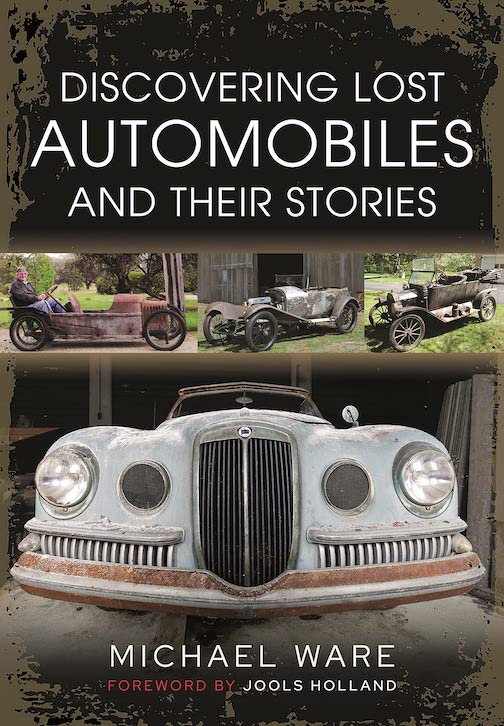 by Michael Ware
by Michael Ware
“I am often asked, ‘How on earth do you find all these cars?’ The answer is quite simple; I do not find them, other people find them and my skill (if that is the right word) is hearing about the find as soon as possible and then asking the owner if I might write about it.”
Predating both US barn find book authors Rich Taylor and Tom Cotter, Michael Ware (b. 1936) has been gathering “find” stories the world over since the dawn of the 1980s with many of them making their way into his long-running magazine columns and now this book.
Regular and longtime SpeedReaders visitors may have encountered Ware before without realizing it as he described half a dozen or so books on topics and cars related to the United Kingdom’s early motoring industry that posted here in the mid-twenty-teens.
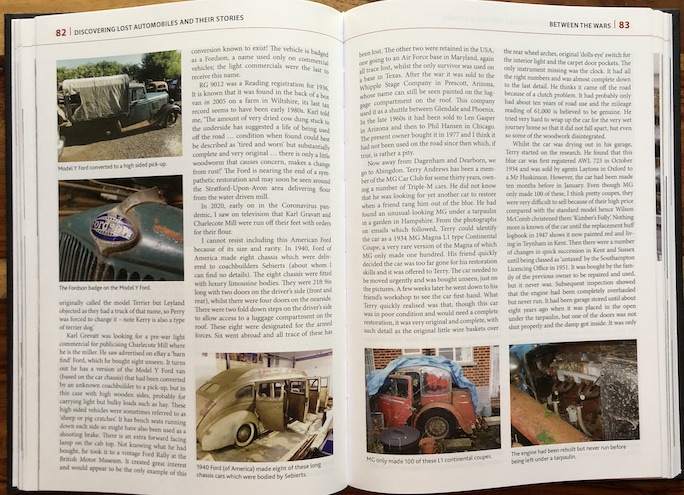
Left page, bottom right: a four-door—except, all four doors are on the same side (well, each side, so eight doors).
A word to the wise reader, however, for Ware packs a lot of information regarding marque and model history of a wide array of cars onto the book’s just over 200 pages as he writes with the style of the magazine columnist he is where every word counts against limited space. As there is no Index, if there’s a particular story or car(s) you want to easily find again, make a few notes as you read especially indicating the relevant page number(s).
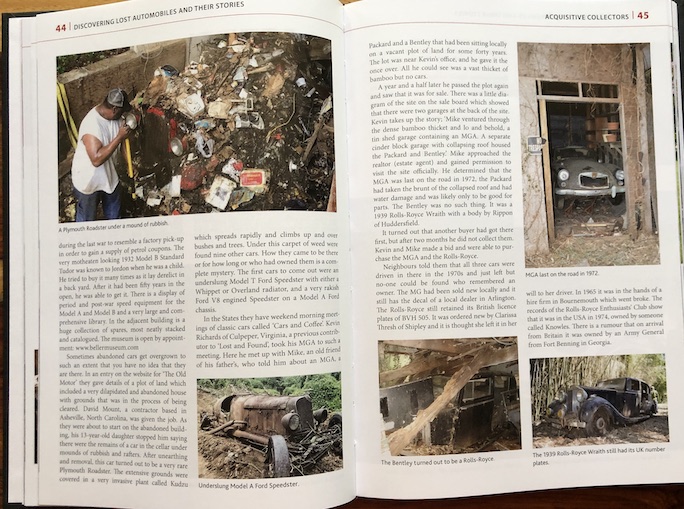
Some cars are more lost/gone than others . . .
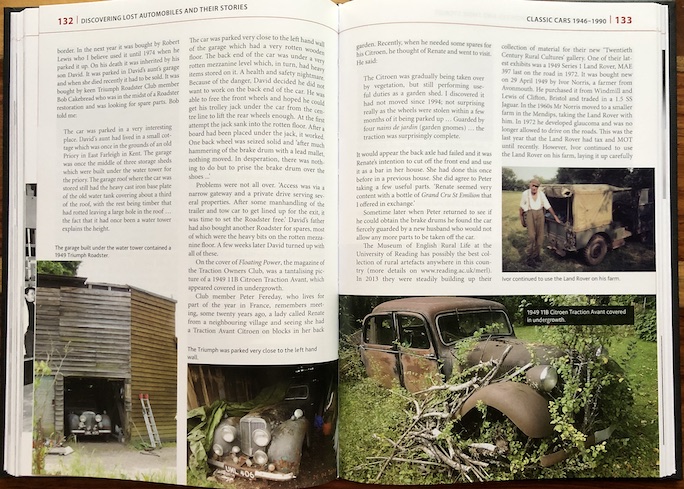
One can’t help but find Ware’s résumé impressive. He began as a photographer, mainly of motorsport events. In 1963 he became the photographic librarian at the Montagu Motor Museum in Beaulieu and in 1966 became the museum’s overall curator, a post in which he remained even as the museum became the National Motor Museum Trust. Ware is also credited with creating the Beaulieu Autojumble (for Americans: this is the British version of the Hershey Swap Meet hosted by the AACA’s Hershey Region). Ostensibly retired since 2001, he remains a busy man writing monthly columns for three magazines.
All of the foregoing explains how extensive Ware’s contacts are and thus how he is able to write about and tell of such a wide variety of cars the globe around including Asia, Indonesia, Australia and New Zealand, many countries in Europe as well as the British Isles, and all over North America as well as Alaska and Hawaii.
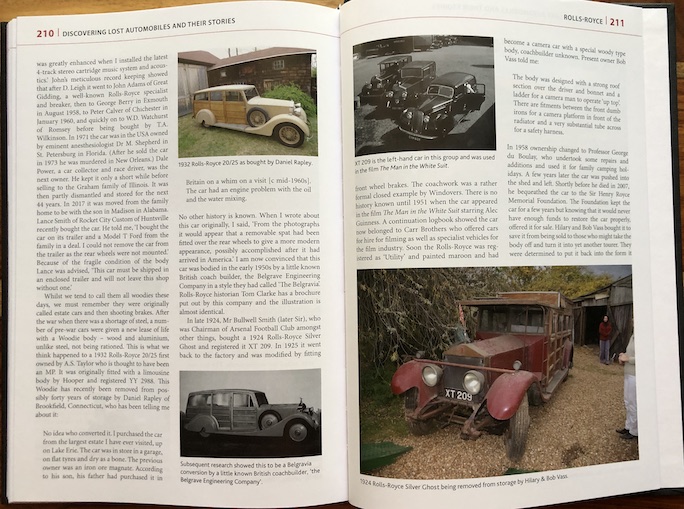
Rolls-Royces get their own chapter because due to their often high-profile first buyers they do have unusual stories.
Perceived by your commentator as the singularly most unusual tale is that of a carefully stored “time capsule.” It was a 1955 Ferrari 250 GT “bearing all original paint, original interior, carpets (moth eaten), complete tool kit and a pile of period photos [and it] runs and drives like a new Ferrari” with less than 10,000 miles indicated. That alone makes the story special but it becomes extra ordinary when it took, quite literally, the intercession of the Pope granting his permission (which he did!!) before its owner in Italy would part with it and permit it to be removed from the village where he’d stored it.
How about having the amazing good fortune, as one Indiana collector did, to discover and acquire the Le Baron-bodied ’32 Lincoln Continental Coupe. It had been hidden away for so long that it was believed to no longer exist. Another collector, this time in California, managed to find long-neglected remains of the sleek, aerodynamic Timbs Special originally created in the late 1940s by Norman Timbs, who also created the Indianapolis 500-winning Blue Crown Specials. Then there’s the decidedly different-looking 1950 German-made Veritas sporting its Spohn-created body. Veritas was short-lived,1948–53. The Herman Spohn Carosserie located in Ravensburg, Germany sought to echo popular American styles with this body. These are but examples of the eclectic range of cars that populate the pages of this book.
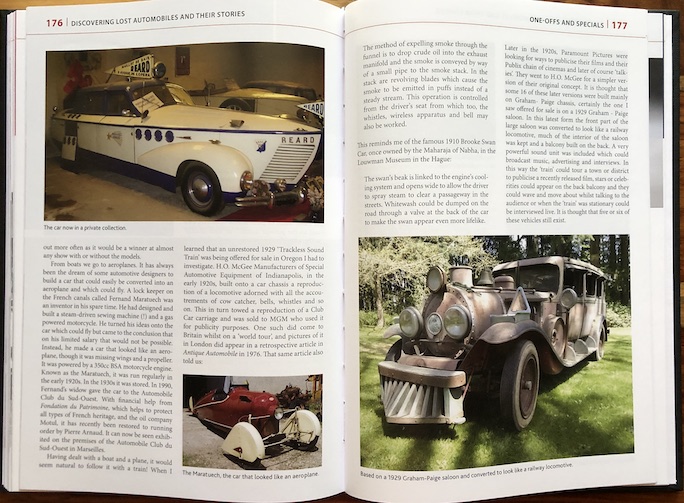
Curiouser and curiouser . . . do you recognize any of the cars on these two spreads??
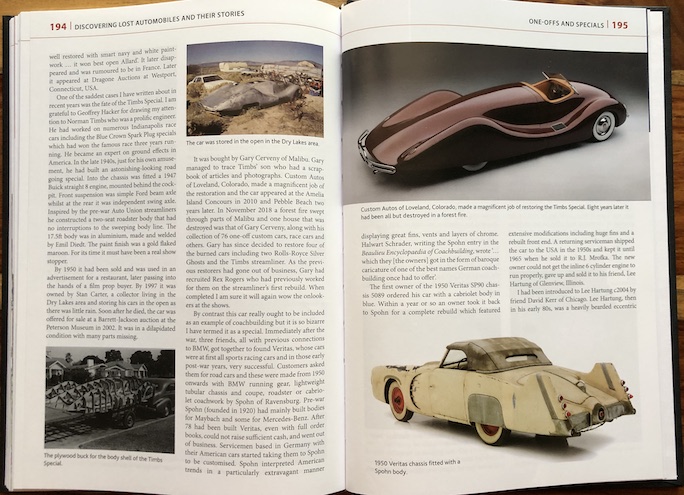
If you enjoy barn find stories, this book contains them in rich abundance.
Copyright 2023 Helen V Hutchings, SAH


 RSS Feed - Comments
RSS Feed - Comments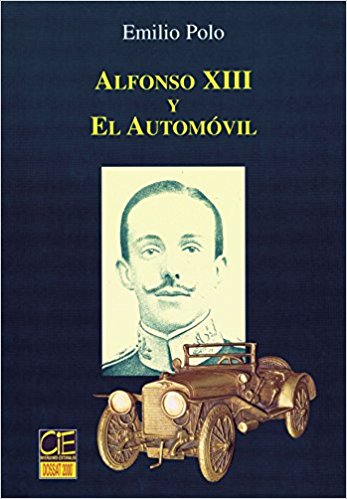
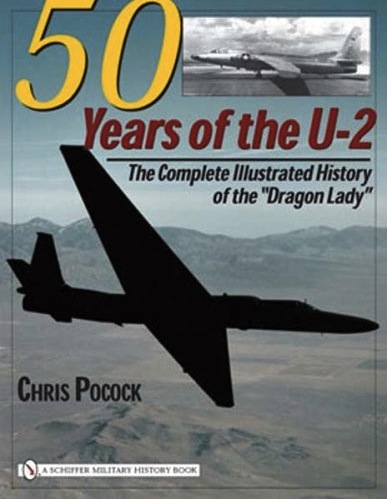

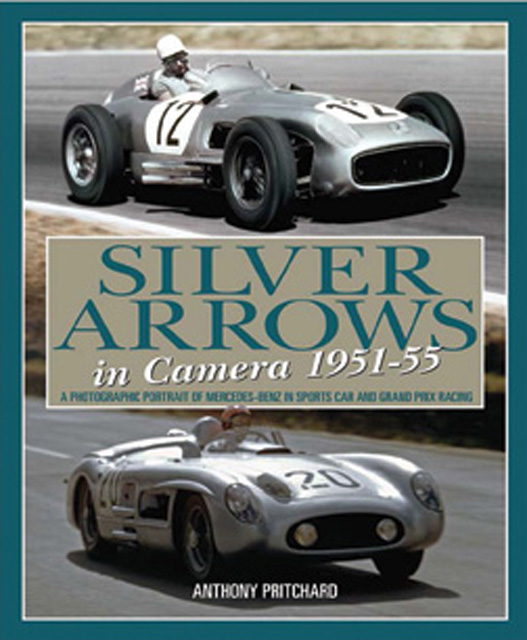
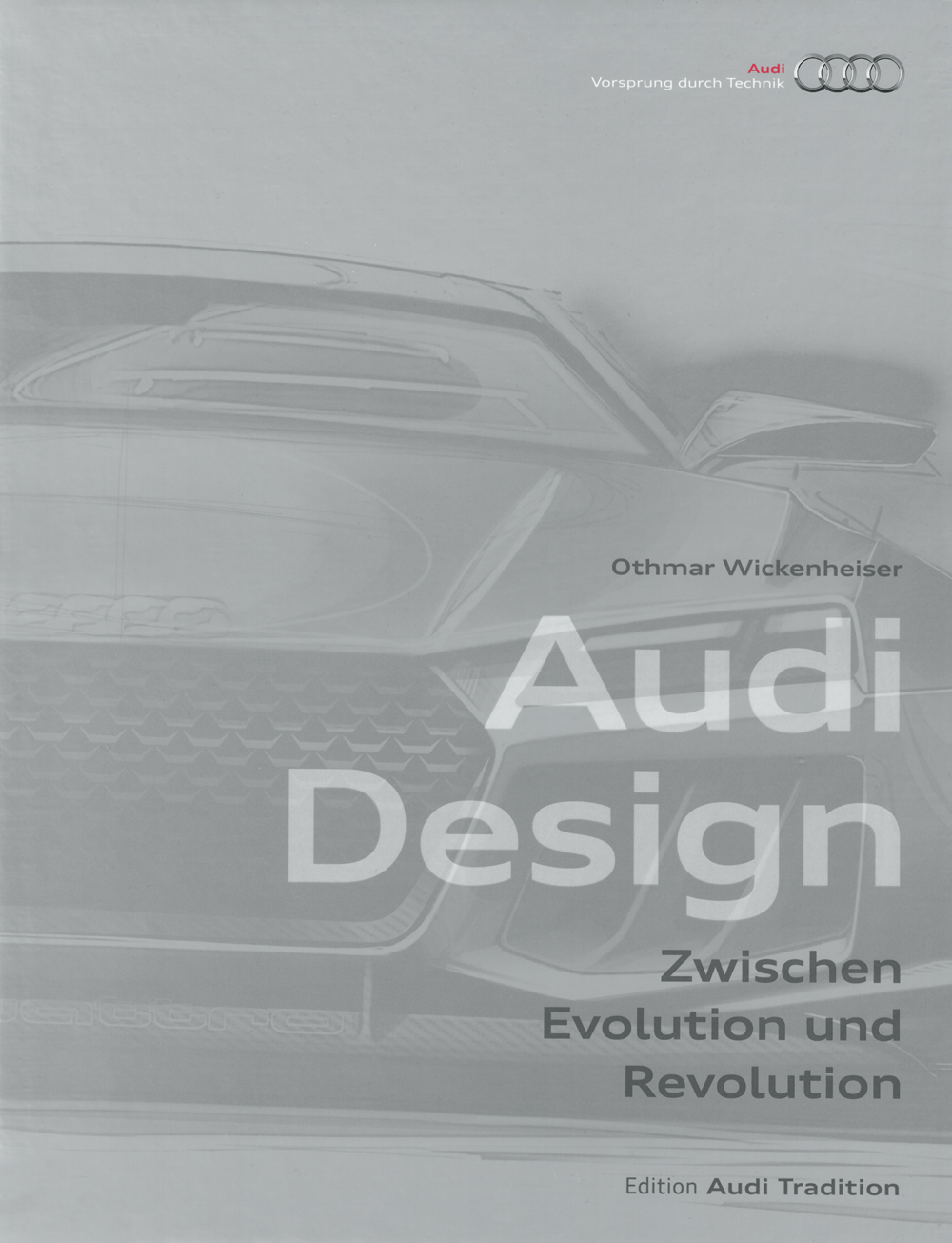
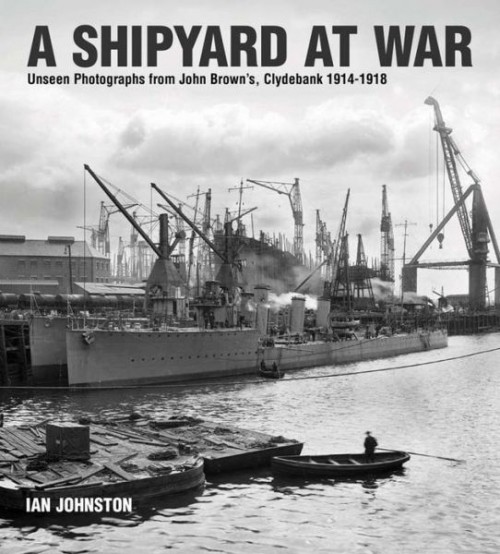

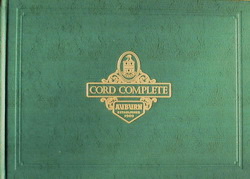
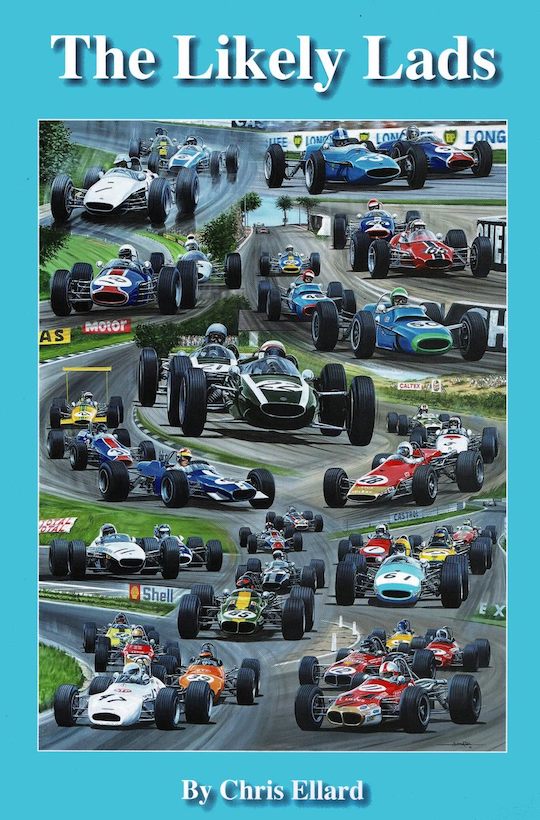
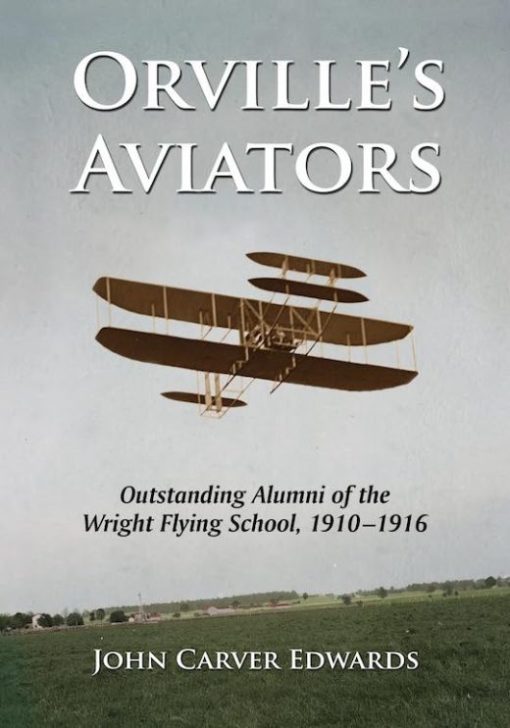

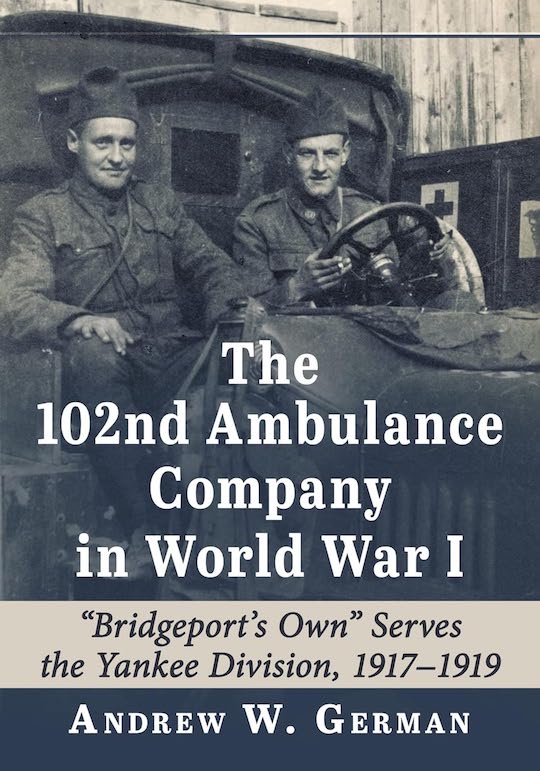
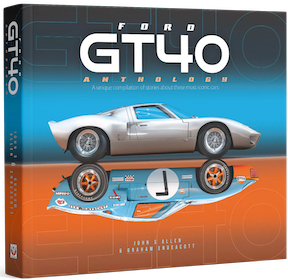

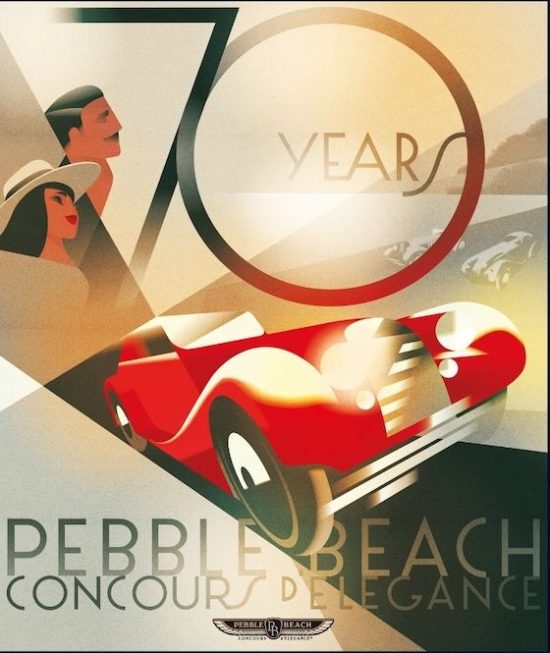
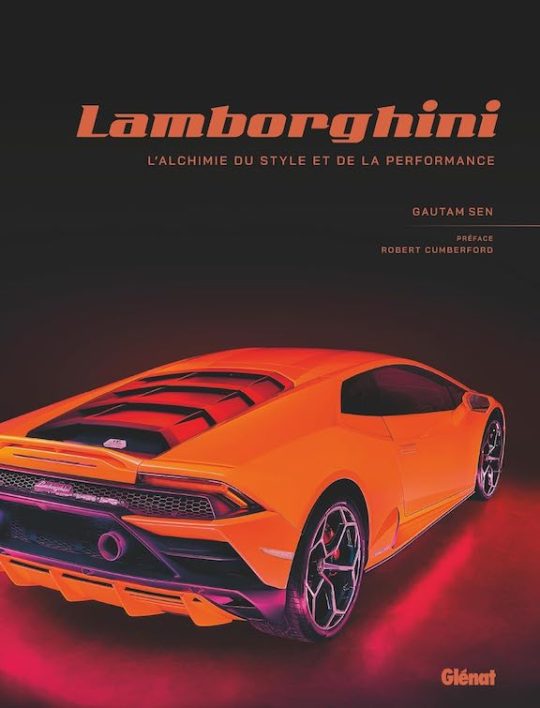

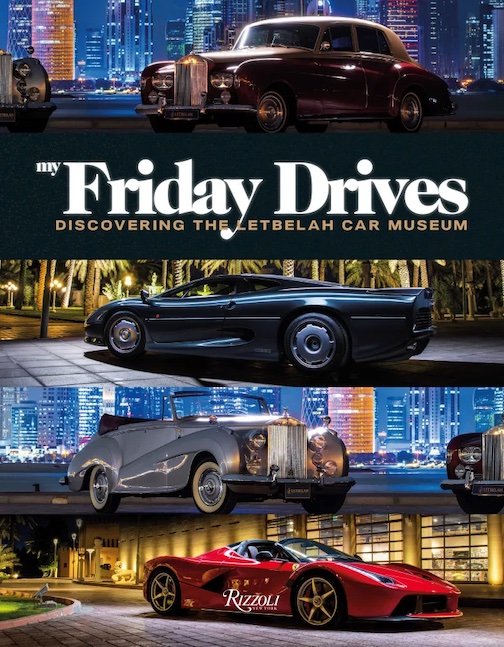
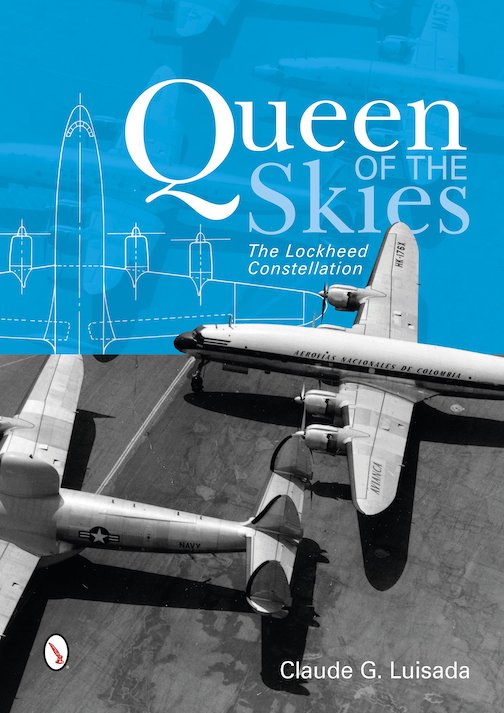
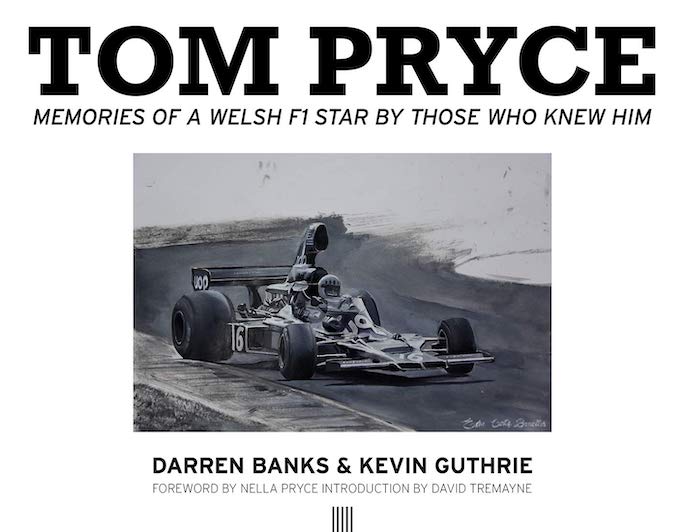
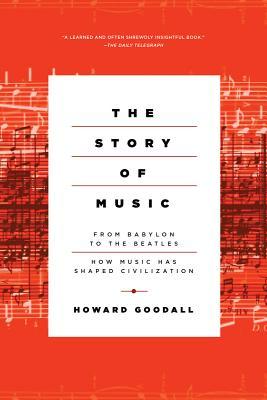


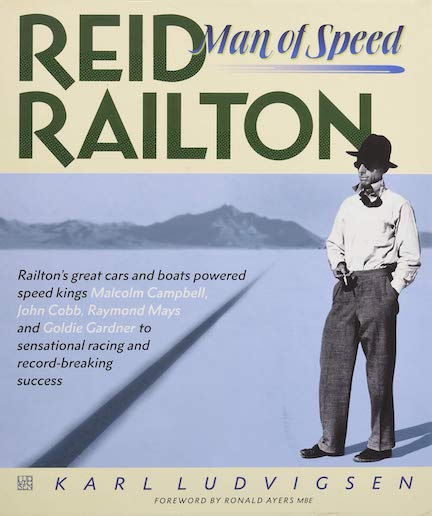
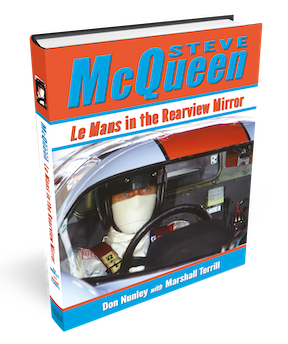
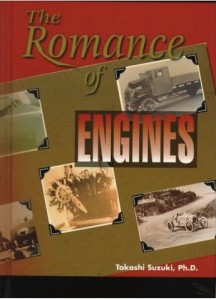
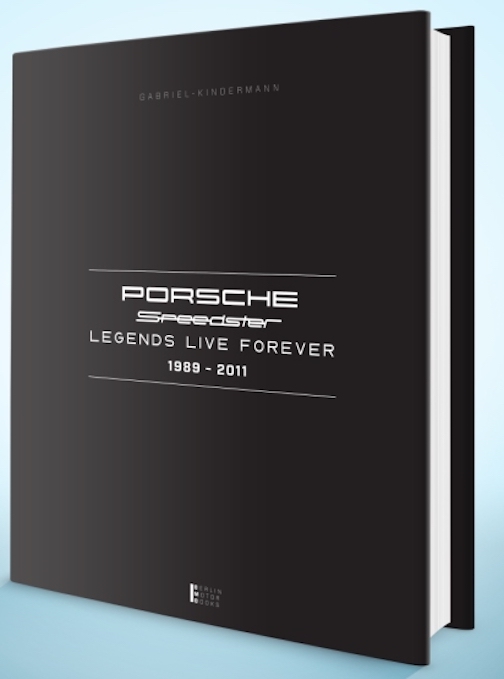
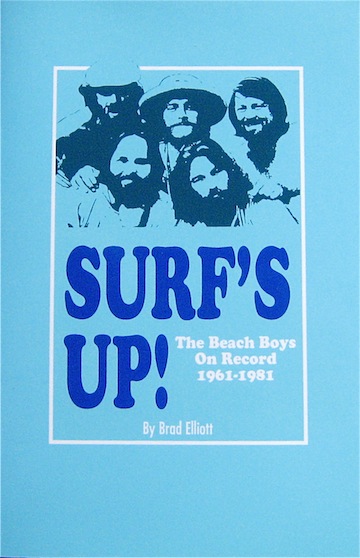
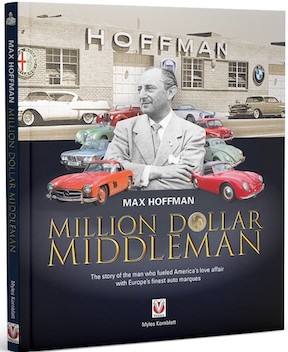
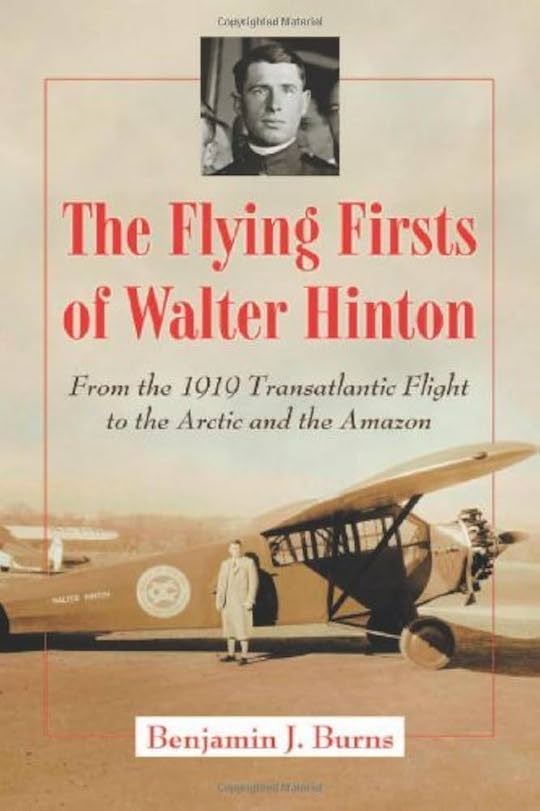

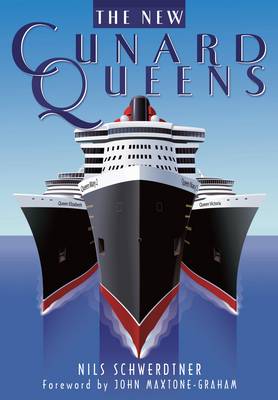

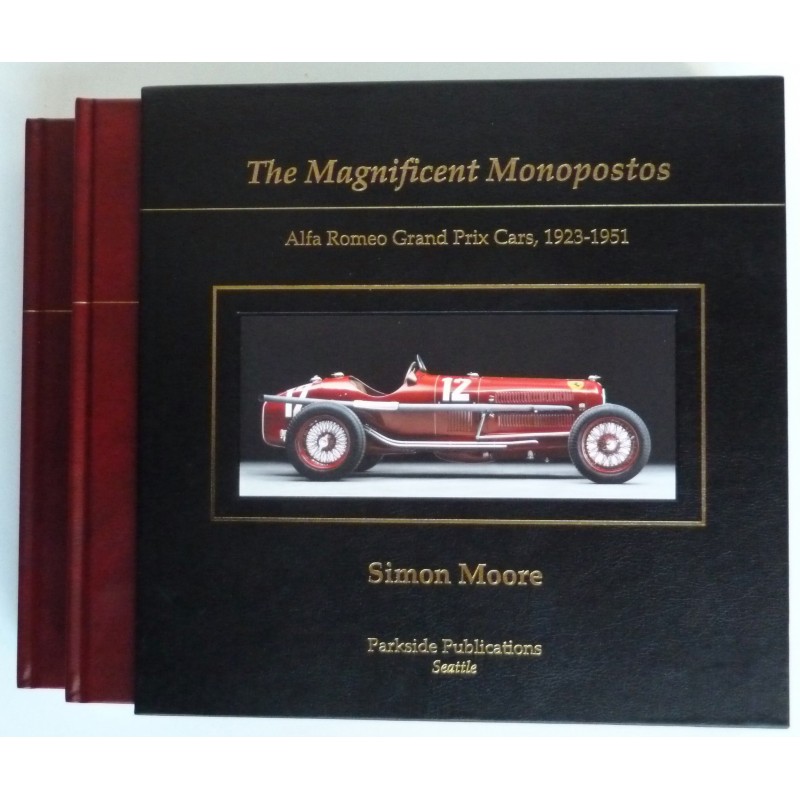

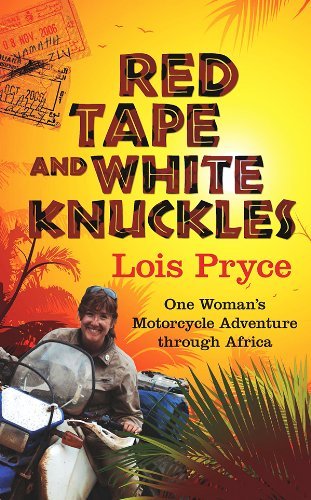
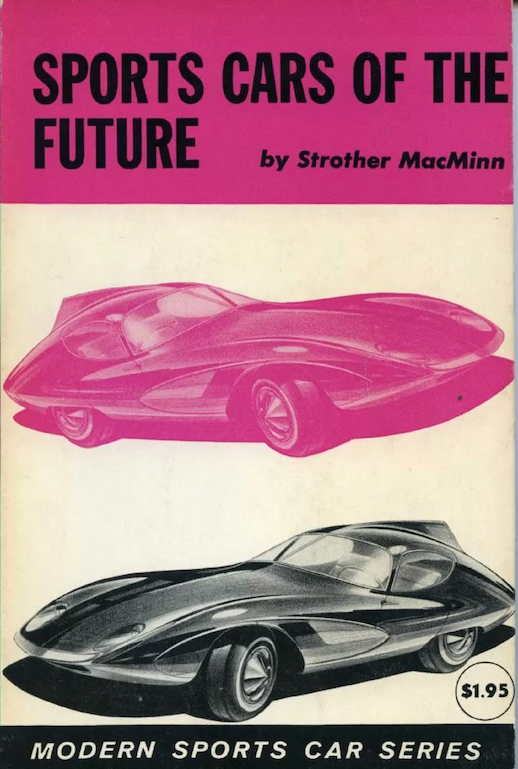

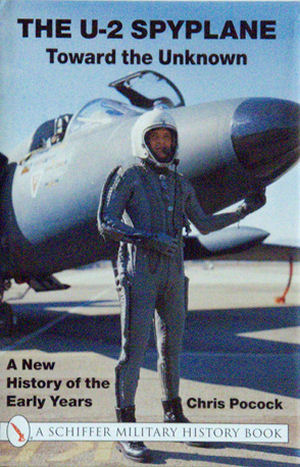
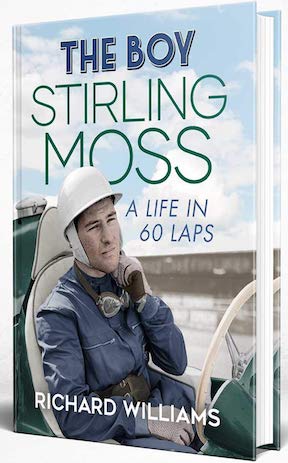
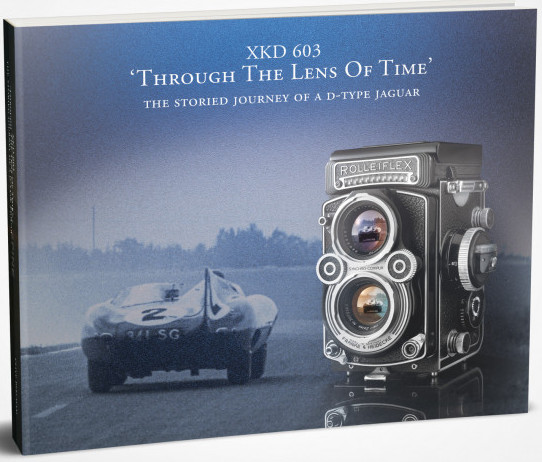

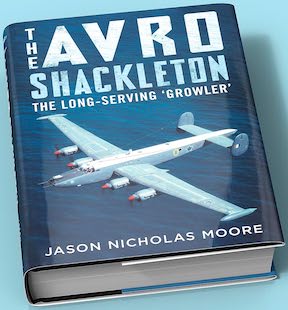

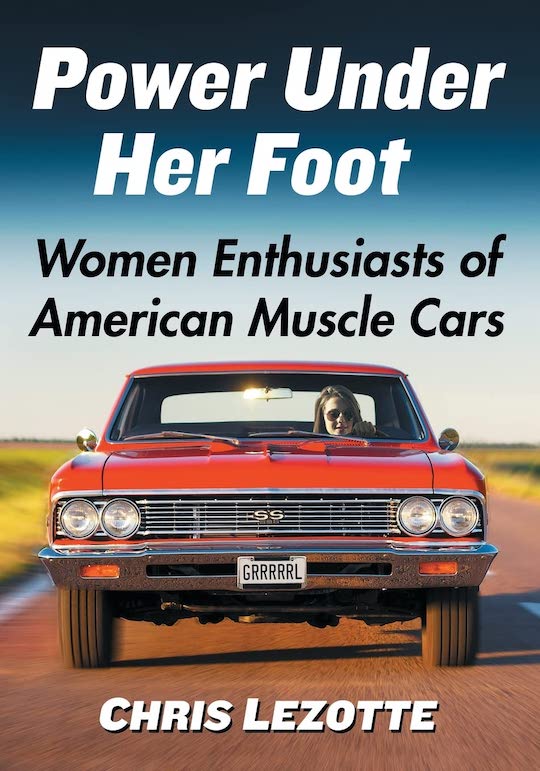
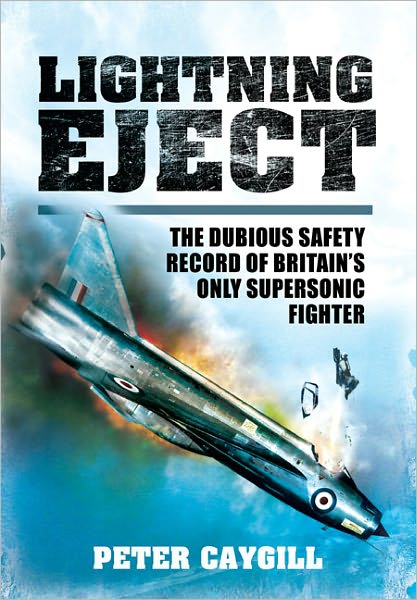
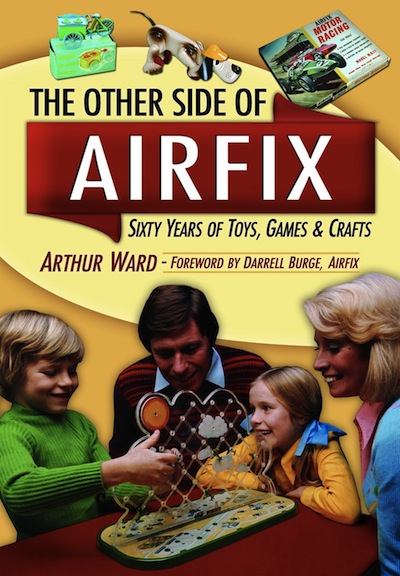
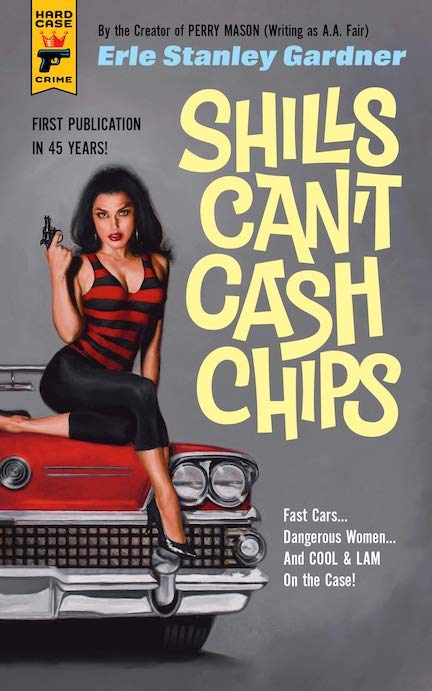
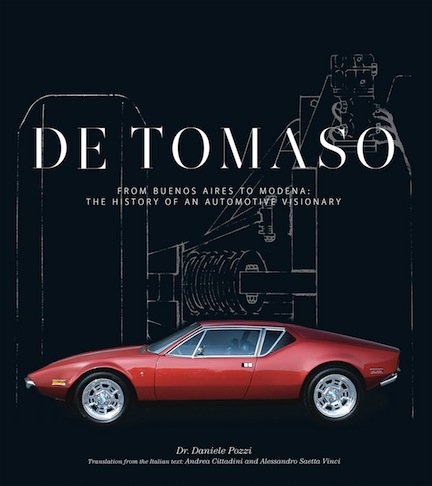
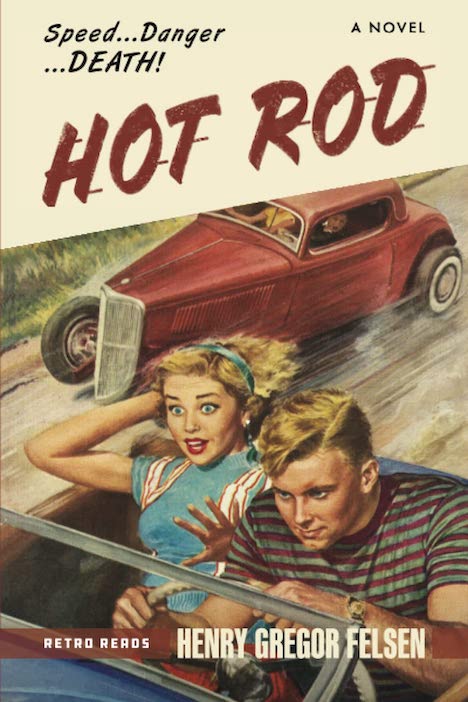
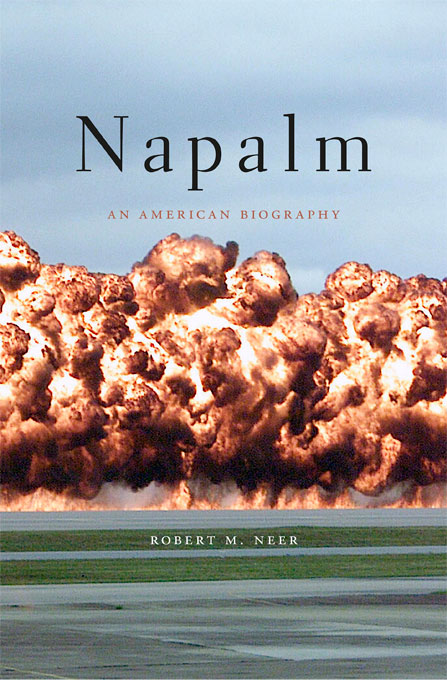
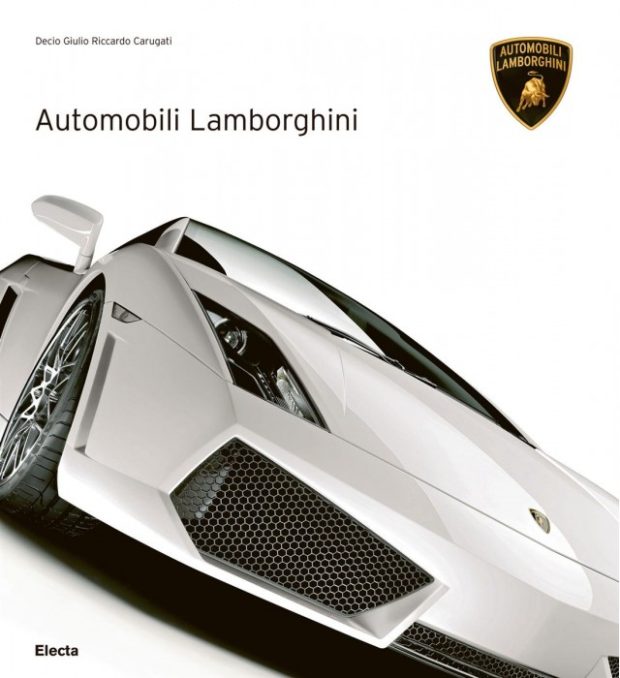
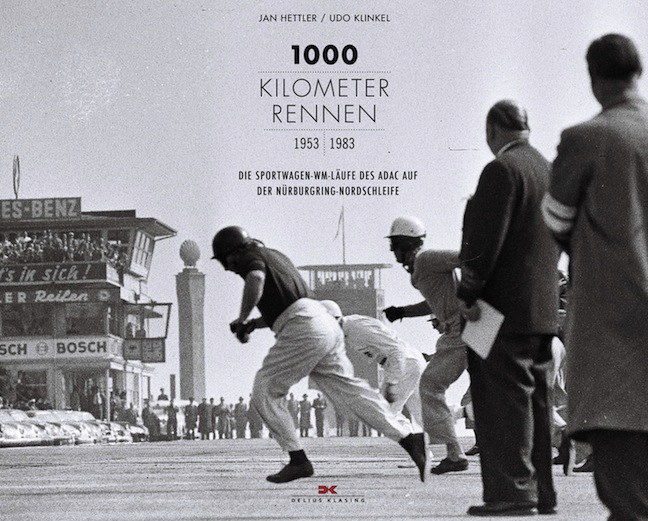
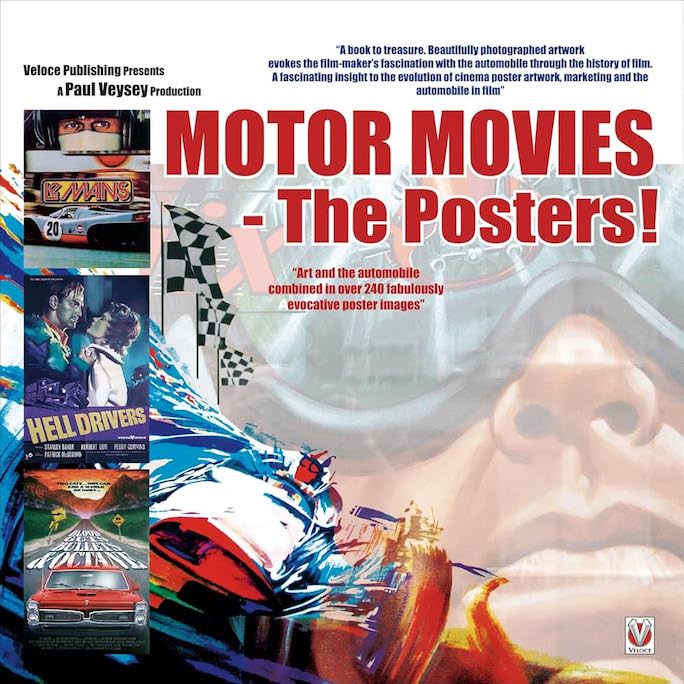

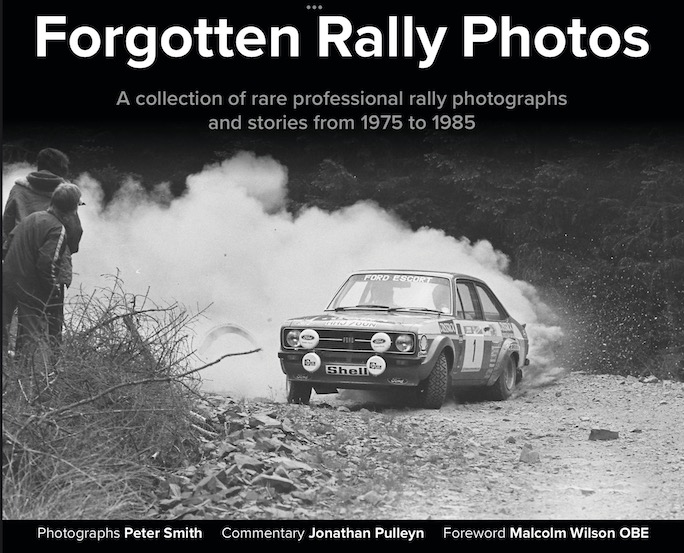



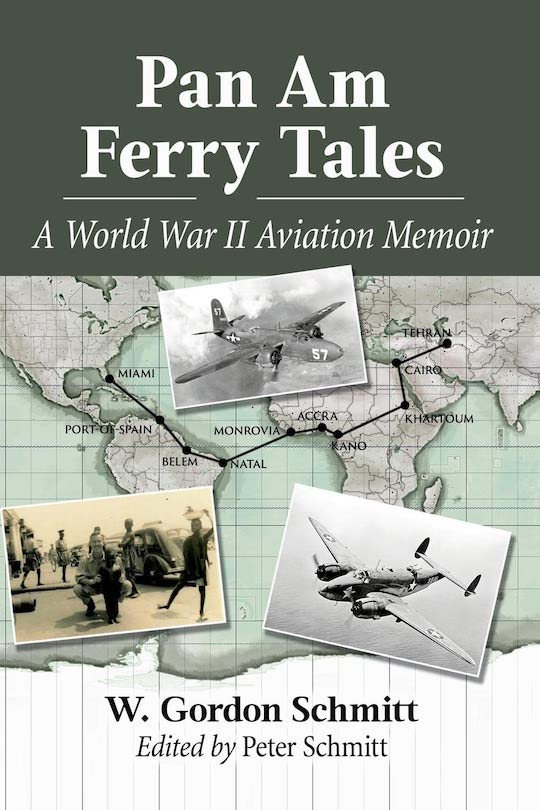
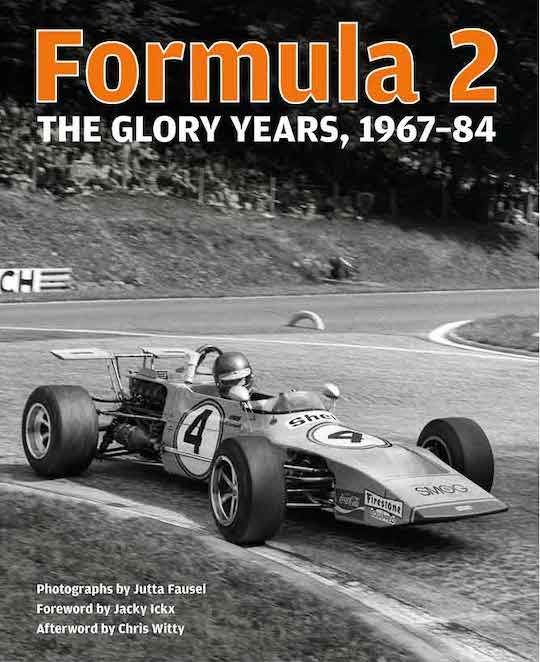
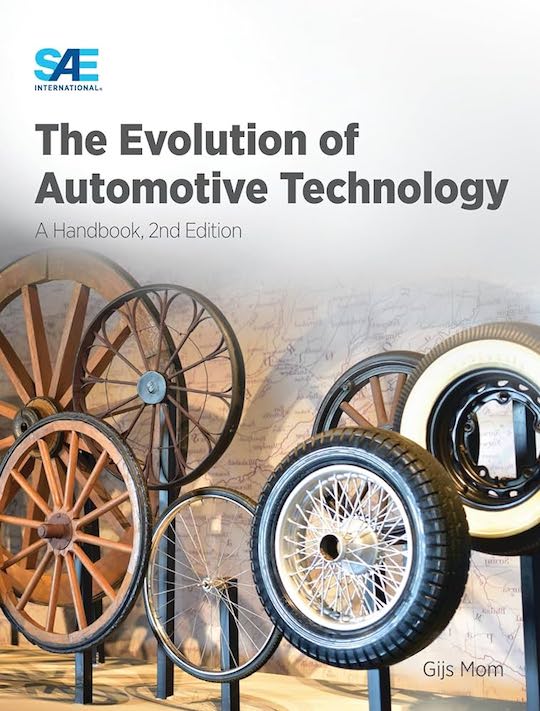
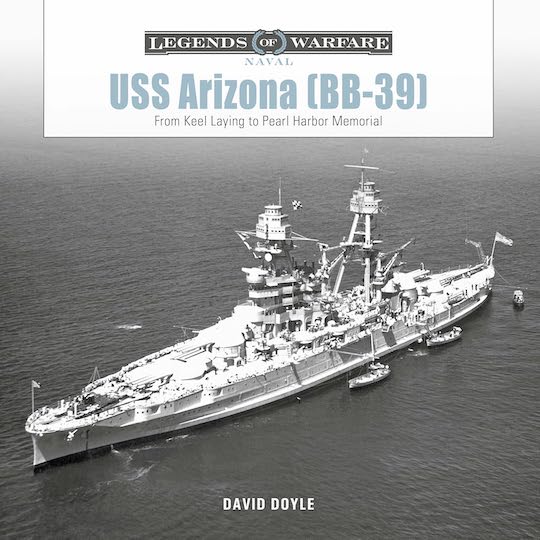
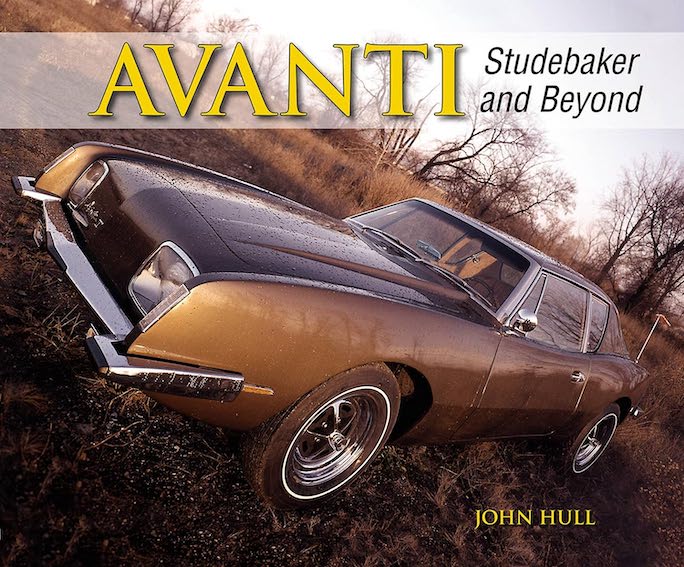
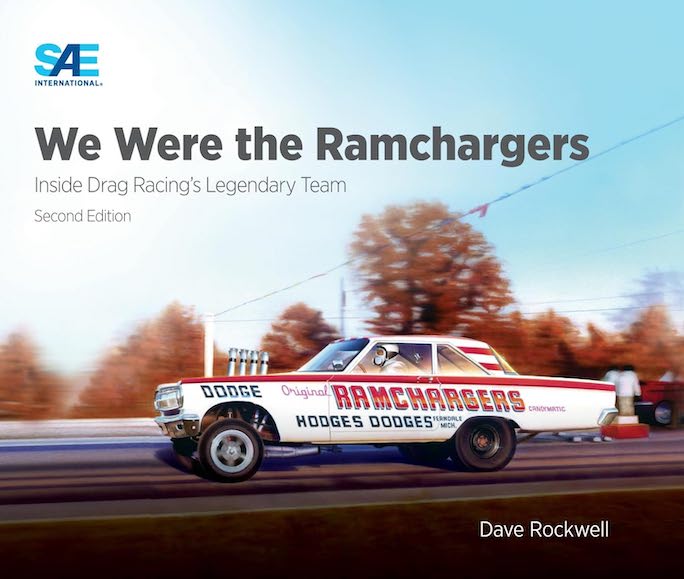
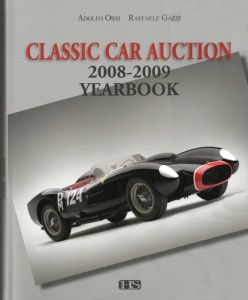
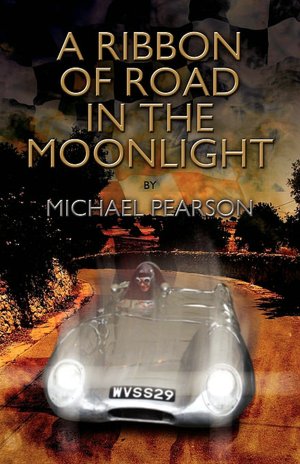
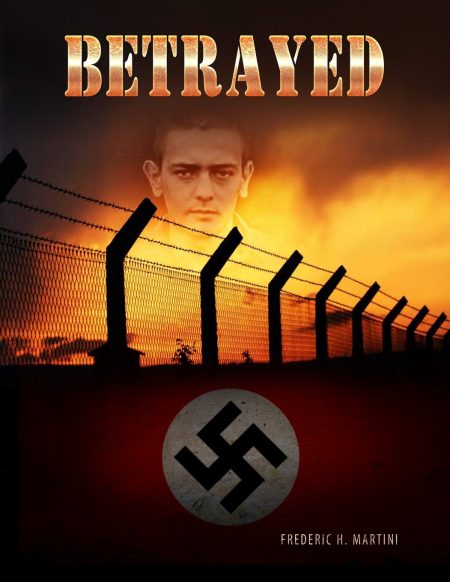
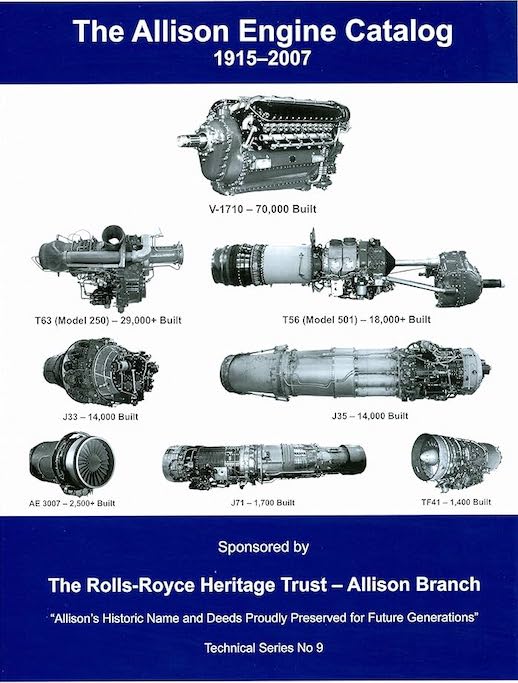
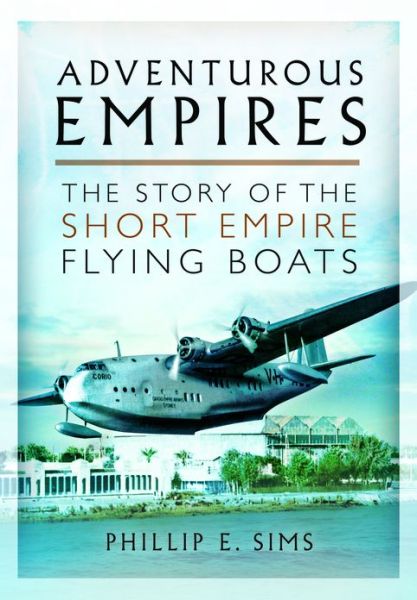

 Phone / Mail / Email
Phone / Mail / Email RSS Feed
RSS Feed Facebook
Facebook Twitter
Twitter